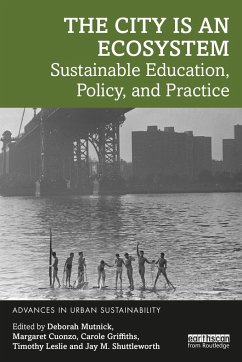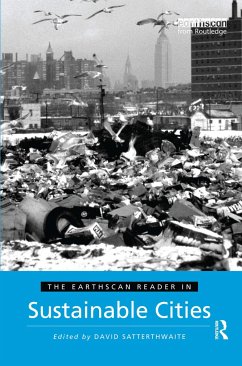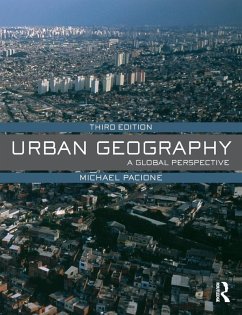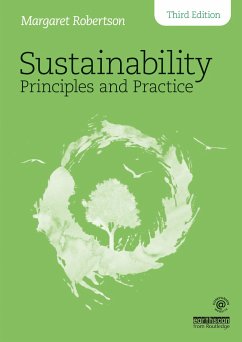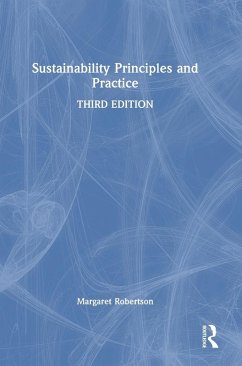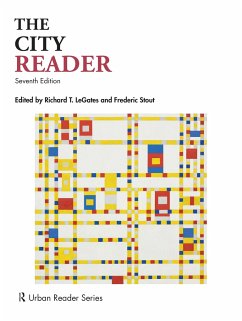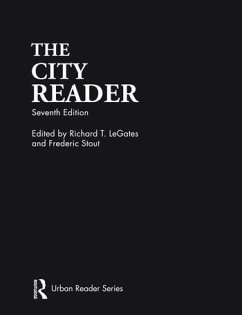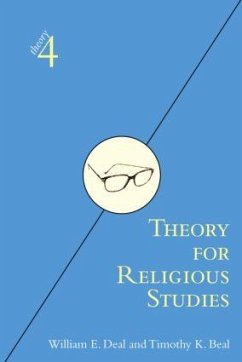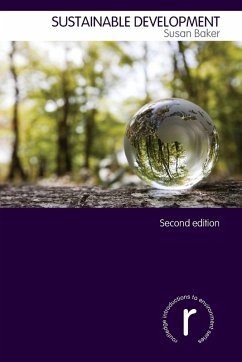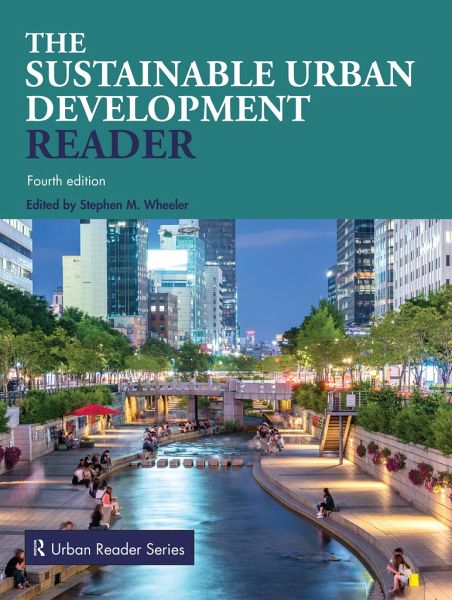
The Sustainable Urban Development Reader
Versandkostenfrei!
Versandfertig in 6-10 Tagen
54,99 €
inkl. MwSt.
Weitere Ausgaben:

PAYBACK Punkte
27 °P sammeln!
This thoroughly revised and updated fourth edition of The Sustainable Urban Development Reader combines classic and contemporary readings to provide a broad introduction to the topic that is accessible to general and undergraduate audiences.The Reader begins by tracing the roots of the sustainable development concept in the nineteenth and twentieth centuries through classic readings. It then explores dimensions of urban sustainability, including land use and urban design, transportation, ecological planning and restoration, energy and materials use, economic development, social and environment...
This thoroughly revised and updated fourth edition of The Sustainable Urban Development Reader combines classic and contemporary readings to provide a broad introduction to the topic that is accessible to general and undergraduate audiences.
The Reader begins by tracing the roots of the sustainable development concept in the nineteenth and twentieth centuries through classic readings. It then explores dimensions of urban sustainability, including land use and urban design, transportation, ecological planning and restoration, energy and materials use, economic development, social and environmental justice, and green architecture and building. Additional sections cover tools for sustainable development, sustainable development internationally, visions of sustainable community, and case studies from around the world.
The Sustainable Urban Development Reader remains unique in presenting a broad array of sustainable city readings, each with a concise introduction placing it within the context of this evolving discourse. Presenting an authoritative overview of the field using original sources in a highly readable format, this book is a valuable resource for general readers as well as students and researchers in urban studies, environmental studies, the social sciences, and related fields.
The Reader begins by tracing the roots of the sustainable development concept in the nineteenth and twentieth centuries through classic readings. It then explores dimensions of urban sustainability, including land use and urban design, transportation, ecological planning and restoration, energy and materials use, economic development, social and environmental justice, and green architecture and building. Additional sections cover tools for sustainable development, sustainable development internationally, visions of sustainable community, and case studies from around the world.
The Sustainable Urban Development Reader remains unique in presenting a broad array of sustainable city readings, each with a concise introduction placing it within the context of this evolving discourse. Presenting an authoritative overview of the field using original sources in a highly readable format, this book is a valuable resource for general readers as well as students and researchers in urban studies, environmental studies, the social sciences, and related fields.





